Kuando Kubango – In the heart of Africa
Wherever you look, the savannah landscape as far as the eye can see surprises and amazes us. It is this immense vastness that is imprinted in the memory of those who arrive in the province of Kuando Kubango, in Angola, either by the road that connects it to Huíla or by the road that comes from Bié. Along roads and trails, we discover the numerous watercourses that wind through the province and spread out in the flatter areas that they find, giving rise to lagoons and swamps that become mirrors of water that reflect an intense blue sky dotted with white clouds.
The Kuando Kubango owes its name to two of the largest rivers that cross it, after being born in the highlands of the plateau and during their journey towards the Okavango basin, the immense inland delta where they chose to run instead of heading for the sea.
In Southeast Angola, its second largest province has enormous unexplored riches, such as diamonds, gold and copper. In recent years, its immense tourist potential began to be discovered by the authorities, businessmen and the public, who began to venture towards the south of the province to discover its reserves and natural parks that shelter immense and varied wildlife, so far protected from the pressures of population, in an almost uninhabited territory.
The natural landscape and wildlife will be the main tourist attractions of Kuando Kubango.
Along roads and trails, we discover the numerous watercourses that wind through the province.
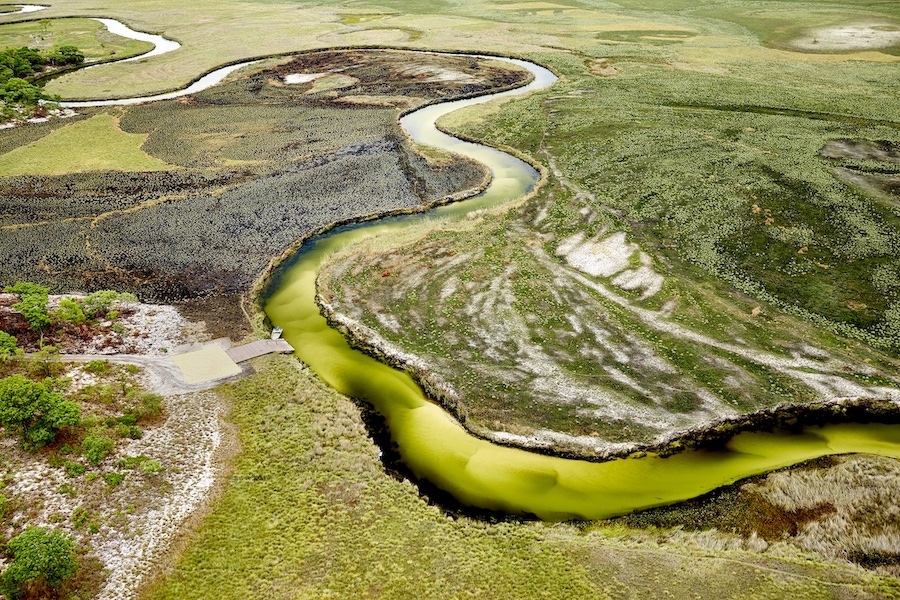
It is estimated that the first inhabitants of the region arrived 12,000 years ago. Khoisan groups from neighbouring areas settled and remained there over the centuries, preserving ancient habits and a way of life quite distinct from the other populations of Bantu origin that later came to join them. Living, even today, almost exclusively from hunting and gathering, they have become an attraction for many of the visitors who are fascinated by their ability to resist the new times.
It is estimated that around 12,000 Khoisan currently live in 30 local communities, following the same rules as their ancestors.
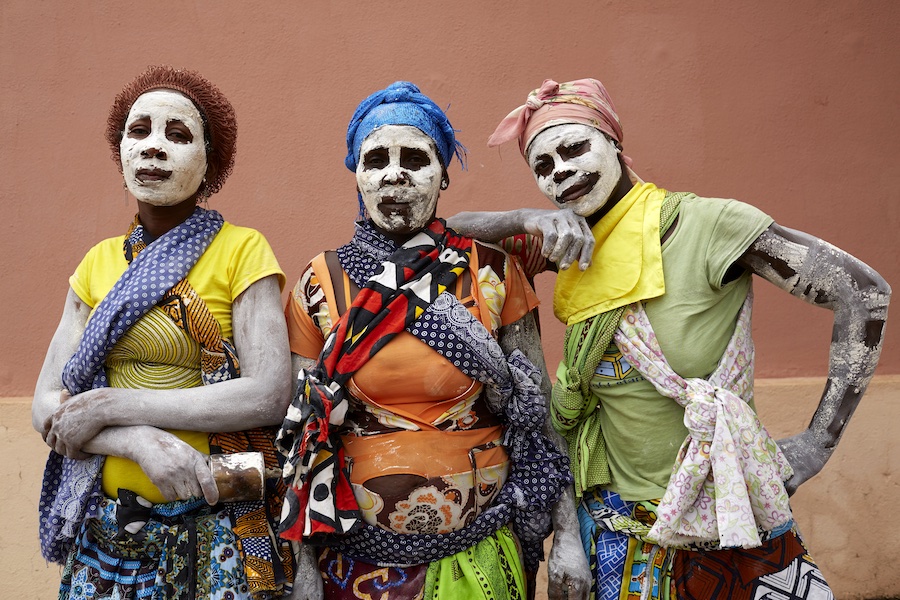
Living, even today, almost exclusively from hunting and gathering, the Khoisan have become an attraction for many of the visitors.
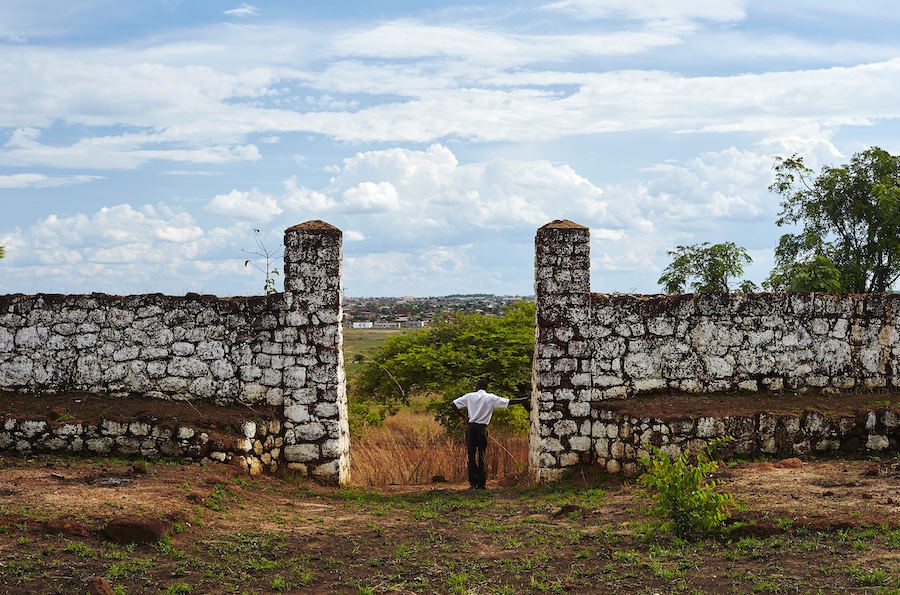
Later, in the 17th century, Bantu peoples arrived who settled and established their way of life. Even today, traditional authorities have a significant weight in the life of communities, with several local kings guiding the destinies of their people.
The natural landscape and wildlife will be the main tourist attractions of Kuando Kubango, with the Luiana (rich in precious woods such as mussivi rosewood and African teak, unique species in southern Africa), and Mavinga reserves, the Cuelei Regional Natural Park and the Mukusso, Luiana, Luengue and Mavinga public parks, attracting the attention of nature lovers. Despite their potential, it is not always easy to access these places where, for example, elephants, hippos, lions, African buffaloes, sables, the endangered pangolins and countless species of birds and reptiles live. To visit these true sanctuaries of animal life, in addition to travelling huge distances on roads and trails that are not always in good condition, it is necessary to contact the provincial authorities to obtain the necessary authorisations, and to have the support of a guide who knows the region well.
▶ How to go
TAAG, the Angolan airline, runs three connections a week between Maputo and Luanda. In Luanda, you can also travel with the same company to Kuando Kubango in a trip of about an hour by plane.
▶ Where to sleep
About 20 kilometres from Menongue, you can stay at Rio Cuebe Lodge, a facility with 37 luxurious suites decorated in the best African style.
▶ Where to eat
One of the best options is the restaurant at Rio Cuebe Lodge. With a terrace facing the waters of the river, it serves traditional Angolan cuisine or international cuisine.
▶ What to do
Be sure to visit the Luiana and Mavinga National Parks, true wildlife sanctuaries.
▶ What to watch out for
Remember that, to visit these true sanctuaries of animal life, in addition to travelling huge distances on roads and trails that are not always in good condition, it is necessary to contact the provincial authorities to obtain the necessary authorisations, and to have the support of a guide who knows the region well.
Issue 73 May/Jun | Download.
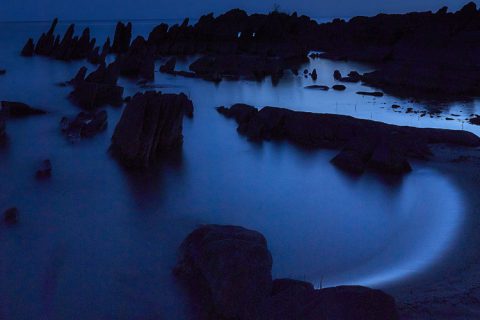
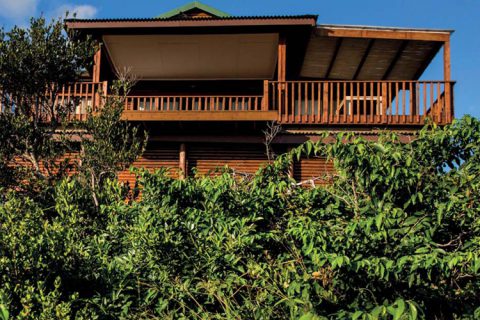



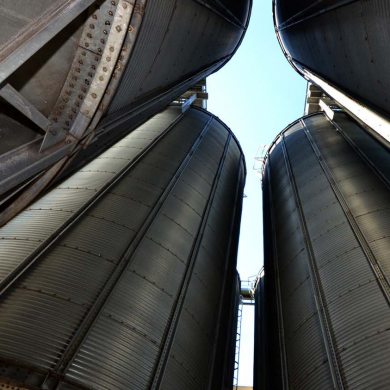
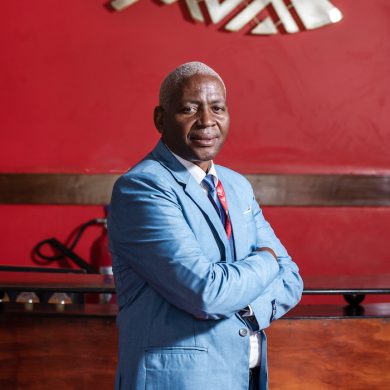

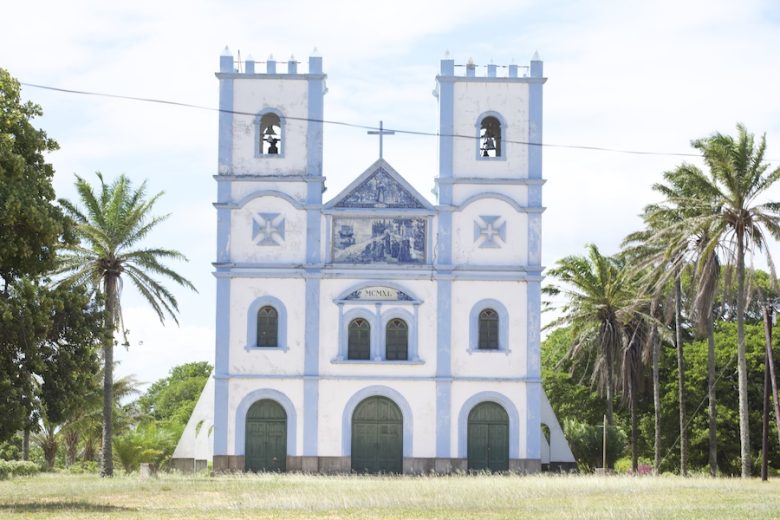
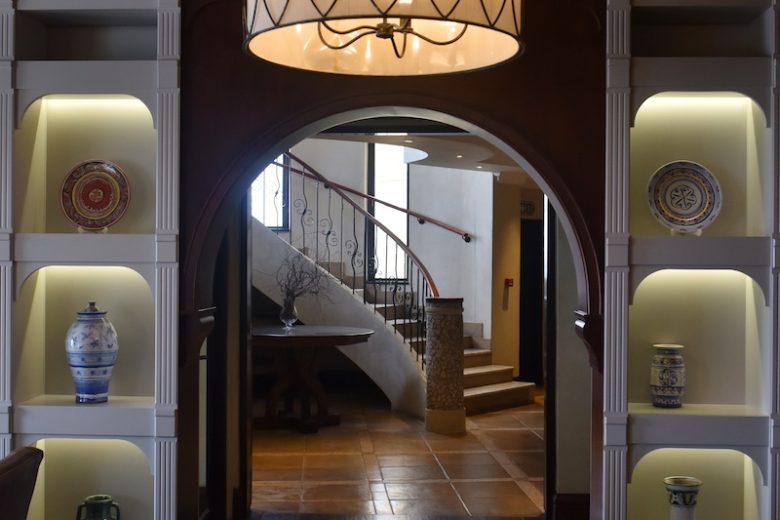










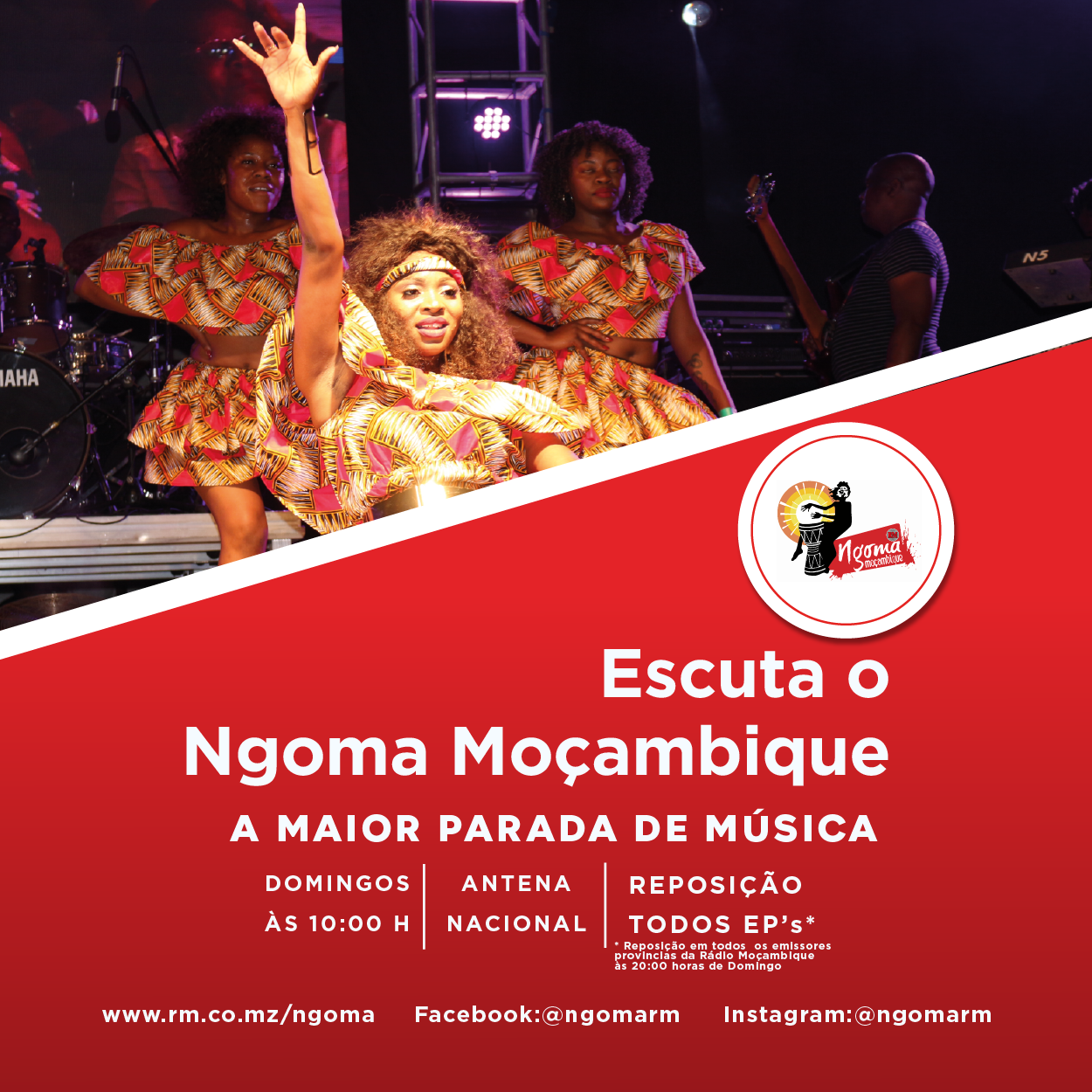






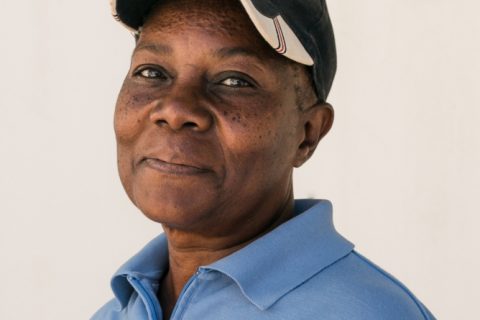
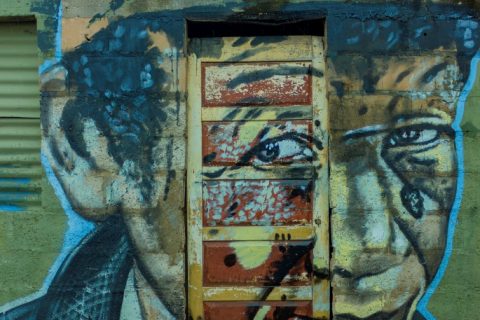


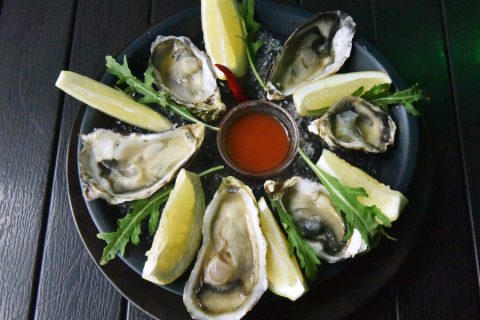
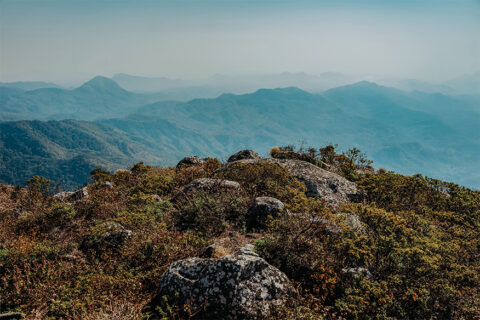
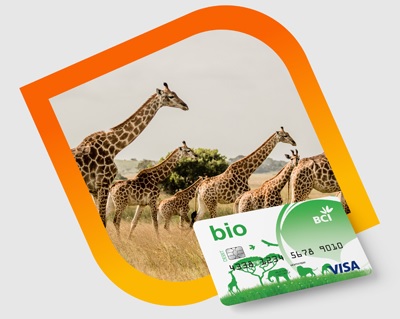

0 Comments